AudioCulture
The noisy library of New Zealand music
Te pātaka korihi o ngā puoro o Aotearoa
Barry Leef
The former Blenheim boy, who was at one stage in the running to join Frank Zappa’s band, reckons he was too much of a perfectionist to make it as a solo recording artist. Yet his voice is known across Australia on dozens of high rotate TV and radio jingles.
Barry Leef’s English father was adopted into a Māori family in Dargaville during the depression of the 1930s before moving to Blenheim where music became an integral part of cultural life.
“As far back as I remember there were guitars playing in the evening, singing Māori songs so someone was going to pick up on that. I was either going to be an All Black or a musician.”
An injury at age 16 helped him to make that decision. Barry Leef and his friends put together a succession of bands to perform at talent quests and local dances before he headed to Wellington to explore the options.
At the age of 17 he was at Todd Motors in Petone working alongside fellow Blenheim musician, drummer Gordon Wylie. They soon teamed up with lead guitarist Harry Leki and eventually convinced Ron Gascoigne, who had only recently joined The Fourmyula, to become the fourth member of The Simple Image.
They saved up for the best equipment and, tiring of the endless engagement parties, weddings and 21sts, were greatly relieved when promoter Tom McDonald put them on his books, toured them and eventually secured a recording deal. Their first release was Sam Cooke’s ‘Bring It On Home To Me’.
“I think he was quite impressed with the high falsetto vocals that suited the Beach Boys and Four Seasons songs that were suitable for mum, dad and the kids.”
MOR mainstream
McDonald booked them at “all the shows”, youth clubs and big events with multiple bands on the billing. “It was wild and lots of fun. We were probably the most middle of the road band in his stable and would do concerts with the likes of Mr Lee Grant.”
HMV Records producer Howard Gable heard the band and offered them a recording contract.
HMV recording studio producer Howard Gable heard the band and offered them a recording contract starting with ‘Two Kinds Of Lovers’, which had some chart action, however it was the follow-up that caught the nation’s attention.
‘Spinning, Spinning, Spinning’ had been written and recorded by a Swedish group the Hep Stars that included Benny Andersson and Björn Ulvaeus, later to become the male half of ABBA.
Gable was in an experimental mood, using bongos and “rhythmic phasing elements” similar to what The Small Faces had used in ‘Itchycoo Park’. “You could get the effect by slowing down one of the reels while it was recording … Gordon Wylie had the job of making air noises because he wasn’t actually singing.”
The track hit the No.1 spot on the national charts in June 1968, and as Leef says, “Spinning made us realise we needed to get seriously professional if we were going to take that on the road.”
The band, still considered poor musicians, took the advice of the owner of a fashion boutique in Willis St, Wellington, who offered them capes and matching outfits based on what was happening in the London scene at the time.
Essentially The Simple Image were a pop band with great vocal harmonies appealing to a wide audience although after a couple of serious successes the band began to feel like a record company creation and wanted to let loose and find a sound of their own.
Songs like ‘The Little Bell That Cried’ were too tame for their liking. The band and manager Tom McDonald began pushing for a more upbeat sound which began with ‘The Grooviest Girl In The World’.
Seduced by soul sounds
Just before The Simple Image released another chart topper, ‘Michael And The Slipper Tree’, Leef announced he’d had enough. He’d been bitten by the Tamla Motown bug.
He’d met with members of the Christchurch band Retaliation and a deal was done to swap lead singers. The Simple Image would get Doug Smith, allowing Leef to jump on a plane to Melbourne with his new band.
Melbourne, still entrenched in the rock era, proved a tough market to crack for the soul-influenced Kiwis so they headed to Sydney. “Sydney was R&B heaven. All the G.I.s from Vietnam were there and the clubs everywhere were trying to appeal to them as were many really good musos.”
Ironically the competition included his old band The Simple Image which was now resident at Whisky A Go Go in Williams St. They had a much heavier sound with Wayne Allen on drums and Bruce Walker on M3 Hammond organ.
Singer Doug Smith had decided to go solo. Leef, struggling to make a buck with Retaliation, jumped at the offer to re-join The Simple Image, adding the songs he most enjoyed singing.
The band retained its residency at the Whisky for over a year playing six nights a week. “It was an incredible learning experience as a singer, consistently trying to stay on top of the game.”
One of Leef’s first session jobs was working with Gene Pierson (Giancarlo Salvestrin), who enjoyed moderate success in New Zealand as a singer while dodging Australia’s Vietnam call up. He had resumed his singing career across the Tasman under his new stage name and was also promoting and booking bands around the traps. His biggest Australian recording success was an extended, psychedelic version of The Four Tops' ‘Reach Out I’ll Be There’, which featured Leef on guitar, arrangements and backing vocals.
The Simple Image recorded ‘Goodbye Birds’ and ‘Send Me No Letters’ which got a little airtime, but there was trouble in the ranks.
Restless in recreation
Leef says many of the soldiers who were in town for rest and recreation from the Vietnam War had been through a rough time. “A lot of them were in a bad way and there was a lot of drugs … acid and pills and stuff.”
One night someone laced Harry Leki’s drink with an acid trip, which tipped him over the edge.
There was “some heavy duty stuff” going down and one night someone laced Harry Leki’s drink with an acid trip, which tipped him over the edge.
“He struggled to recover from that; no one really knew what to do or how to support or help him. He had a bad time of it and headed back to New Zealand coping as best he could.”
It was the end of an era, and as the American G.I.s pulled out, dozens of clubs across Sydney began shutting their doors. It was also the end of The Simple Image.
Barry Leef had already begun to diversify, working on radio and television commercials and as a session musician. He jumped at the chance to work with another ex-pat, drummer Hank Davis of The Avengers, in the well regarded Australian band, Bakery.
Zapped by Zappa
They were playing Chequers in Sydney when Leef looked across the room and saw Frank Zappa.
“He must’ve liked what we did because he asked me to come and see him the next day. He was promoting two albums including Ricky Lanceloti’s attempt to recreate The Phlorescent Leech and Eddie and the early Turtles.”
He wanted to move back into that era, says Leef, who joined him on the road for three weeks as they got to know each other personally and as musicians.
“He was a really clever Jewish businessman, a great guitar player and composer… and very funny. I learned so much. There I was next to George Duke on the B3 singing ‘Road Ladies’, which was a giant step in my career.”
It was agreed, Barry Leef was now in the band but Frank needed to get the legal stuff sorted as Leef was under contract to Festival. “I thought they’d sort it out but they took it very seriously.”
Zappa had a pressing engagement to go to London and was caught up in organising the OK from the Musicians Union for American musicians to play there. Leef meanwhile was trying to get a release from Festival but “it just wasn’t coming together”.
He says he didn’t have the confidence to just jump on a plane to the UK, and in the end had to send a telegram declining, “due to contractual difficulties …”
It did however push him into the public eye. People were asking, ‘who is this guy that Frank Zappa wanted?’ It was fairly big news in the industry at the time.”
Zappa was quoted in Soundblast magazine, August 1973: “We were invited to see Bakery at the lovely Chequers night-spot. They were doing some of my old numbers; I thought Barry’s singing was kinda swift, so I asked him what he was doing for the next six months.”
Live work preference
After the Zappa disappointment, Leef tried to settle into his recording obligations with Festival, but was never satisfied with the songs he was writing. He released one single, ironically called ‘Anyone But Me’, that fell off the planet.
He’d been working on an album but the songs never gelled. He’d become too much of a perfectionist. “It never sounded as good as the things I was listening to.”
Leef remained in strong demand as a session singer recording jingles. For live work he pulled together the Barry Leef Band for the Musicians Club in Chalmers St, Sydney.
The funky rhythm and blues unit struck a deal for the door money. Their shows were soon so popular the club opened four nights a week for four years.
In 1979 he took a bag of demo tapes to the US but the only success he had was hearing some of his favourite artists perform live and playing with some of them. He only came home to the Musicians Club when he ran out of money.
On his return he teamed up with Phil Pritchard, a former member of Retaliation and more recently NZ band Highway, for regular gigs as the Barry Leef Band.
In the early 80s he stepped in to front established contemporary jazz unit Crossfire alongside Erana Clark, the former New Zealand teenage singing star who had matured into one of the top voices across the Tasman. The couple were married for a time.
Crossfire morphed into a 16 piece unit called Supermarket, which worked the Basement jazz club for about five years fronted by Leef.
All the while he was becoming one of Australia’s best known voices, having featured in over 170 TV and radio commercials.
“Advertising is fantastic, especially when you are doing three or four a day. The highlight was probably Alan Bond’s Swan Lager … 120 singers auditioned for that job. The worst part is when you do something embarrassing and it’s still playing 12 years later and you’re not getting any residuals.”
Leef has never been without work. He’s often backing or playing with top musicians including Tom Jones and former Doobie Brothers guitarist Jeff “Skunk” Baxter [also a founding member of Steely Dan].
Half a century on from forming The Simple Image with a group of mates from a Wellington car manufacturer, Barry Leef is still going strong on the Australian circuit.
It’s a good life. When he’s not fishing at the weekends he continues to work the club circuit, pulling together different units depending on the occasion including the Barry Leef 70s Show for clubs corporate gigs or his nine piece Doobies, Eagles & West Coast Rock band, featuring the cream of Australian players.
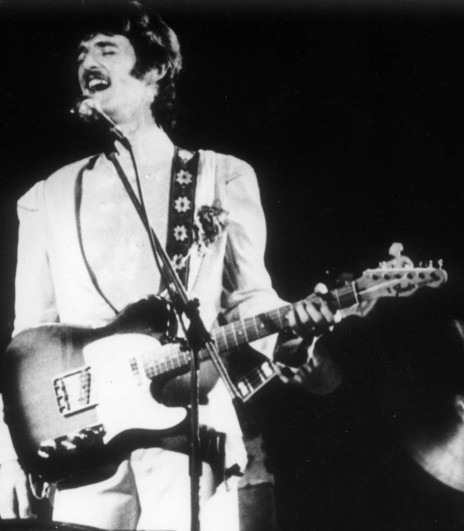
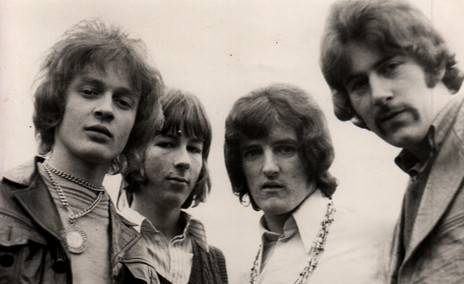
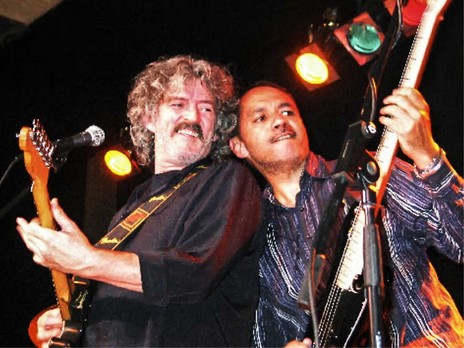
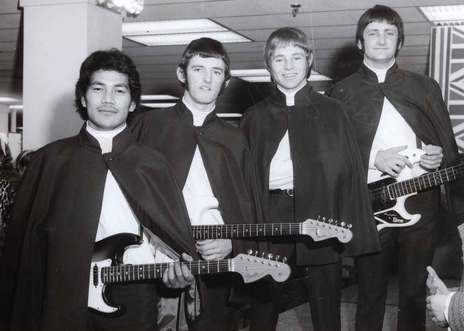
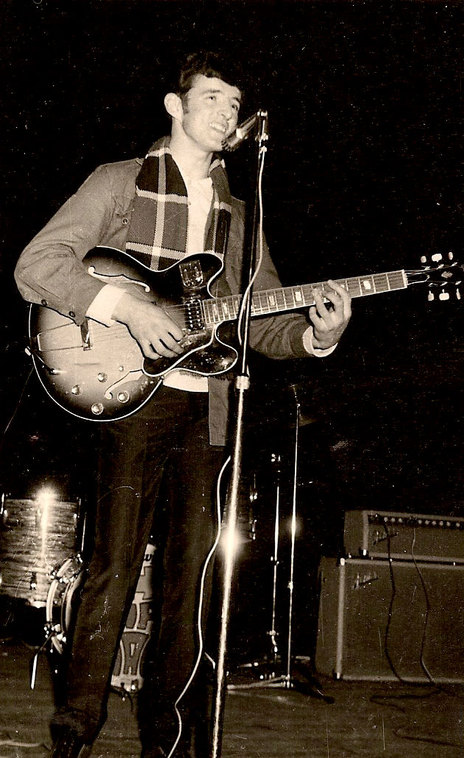
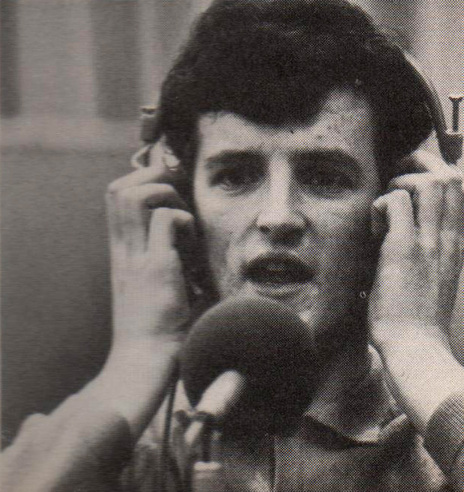
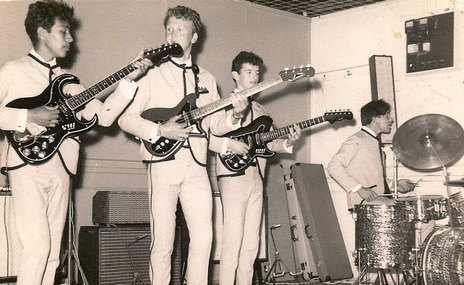
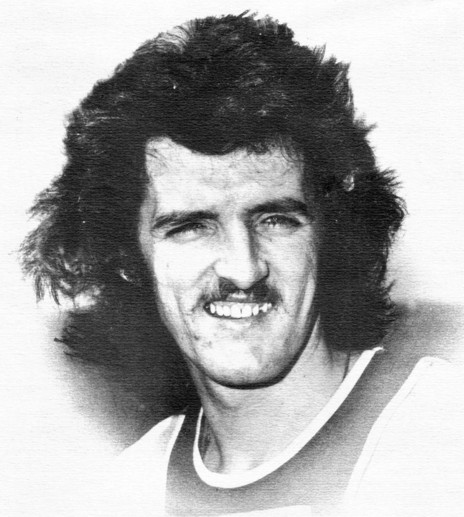
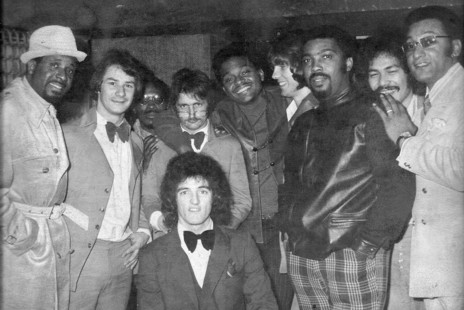
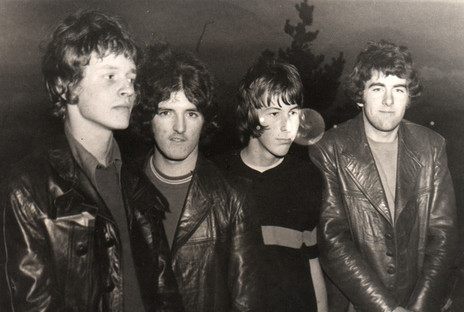
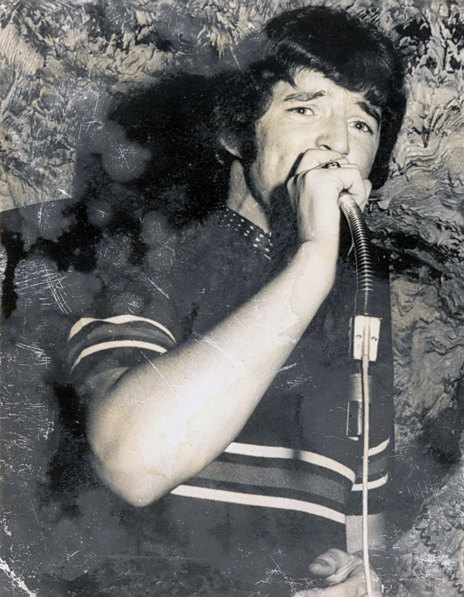
GTK Australia - NZ music crosses the ditch
New Zealand invasion of Australia - the 1960s and early 1970s
Truth and legend – The HMV and EMI recording studios and pressing plant
HMV
Visit our sister site
NZ On ScreenMade with funding from
NZ On Air


